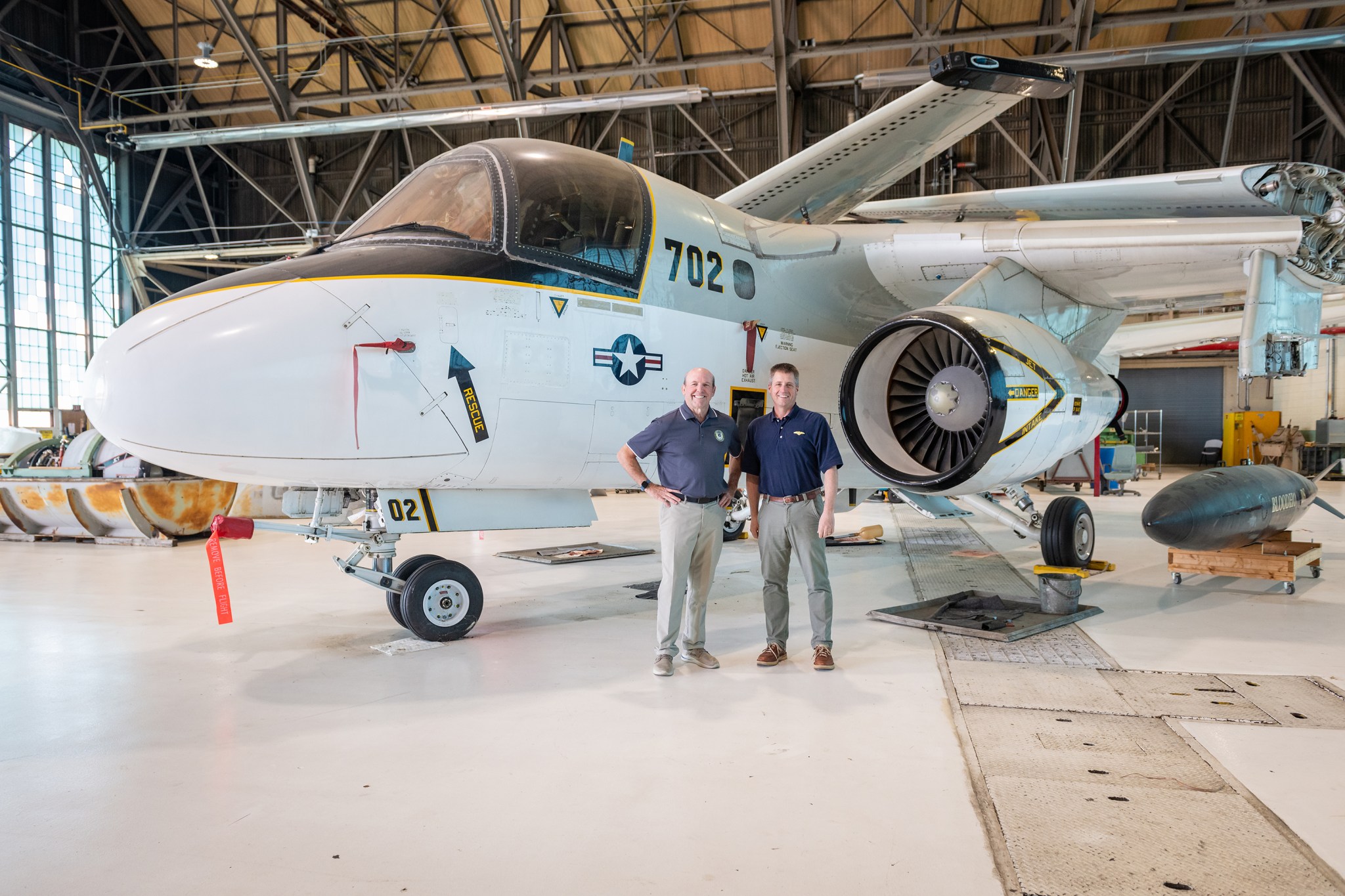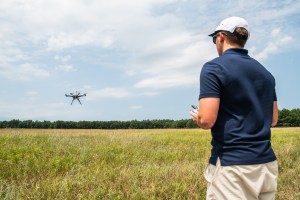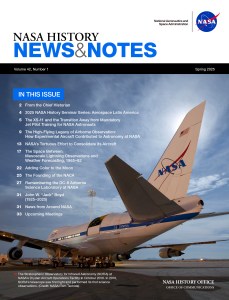Going Home: NASA Retires S-3B Viking to POW/MIA Museum
- NASA’s S-3B Viking aircraft has been retired from service and will be displayed at the National POW/MIA Memorial and Museum in Jacksonville, Florida.
- The aircraft, originally designed as an anti-submarine warfare plane, supported vital NASA flight research by donating parts to its sister plane, extending its lifespan by 10 years.
- The S-3B Viking was part of a team that converged on NASA’s Glenn Research Center in Cleveland to disassemble the aircraft for transport to its new home.
- The National POW/MIA Memorial and Museum will display the aircraft with a plaque recognizing the 54 service members who perished during S-3 flight missions, honoring all Prisoners of War (POW) and those Missing in Action (MIA).
- The aircraft is being returned to its “original home” at the former Naval Air Station Cecil Field, where S-3B Vikings once flew, as part of a display that will showcase one of each base’s legacy aircraft.
After supporting the center’s research missions for more than a decade, NASA’s S-3B Viking aircraft is moving on from NASA’s Glenn Research Center in Cleveland to begin a new and honorable assignment.
The aircraft is heading to the National POW/MIA Memorial and Museum in Jacksonville, Florida, where it will be on display, honoring all Prisoners of War (POW), those Missing in Action (MIA), and the families who seek the return of their loved ones. The museum gives visitors a place of solace to reflect, learn, and hear stories about America’s POW and MIA service members through exhibits and events.
“We are honored to be part of it,” said JD Demers, chief of Aircraft Operations at NASA Glenn. “Moving the S-3 is a win-win for everybody. The museum gets an aircraft in beautiful shape, and our S-3 gets to continue living a meaningful life.”
Originally designed by Lockheed Martin as an anti-submarine warfare aircraft, NASA’s S-3B Viking will travel south to its new museum home, which is located at the former Naval Air Station Cecil Field where S-3B Vikings once flew. It will be displayed with a plaque recognizing the 54 service members who perished during S-3 flight missions.
“It’s really fortunate for us that this S-3 has such a well-kept, beautiful airframe that we can use as part of this plaza,” said Ed Turner, executive director of the National POW/MIA Memorial and Museum. “Cecil Field was the East Coast home for the S-3B Vikings, so we are proud to have it for display here as one of Cecil’s legacy aircraft.”
Behind the scenes, this S-3 supported vital NASA flight research by donating parts to its sister plane, another S3-B Viking that was retired in 2021. Through the donation of its parts, the S-3 contributed to communications research in advanced air mobility and monitoring of algal bloom growth in Lake Erie.
“Having this aircraft added an extra 10 years of life to its sister plane,” Demers said. “Those 10 years were vital for research. This plane allowed us to keep flying that aircraft after the Navy retired the S-3B Vikings in 2009. We wouldn’t have been able to find parts.”
The U.S. Navy flew S-3 Vikings primarily out of three locations: North Island Naval Air Station, Naval Air Station Cecil Field, and Naval Air Station Jacksonville. There were S-3B Vikings in all locations except Jacksonville, until now.
“There are three bases in three locations that used to fly S-3s, and now each area has an S-3 as part of its display,” Demers said. “It belongs there. It’s going back to its original home.”






